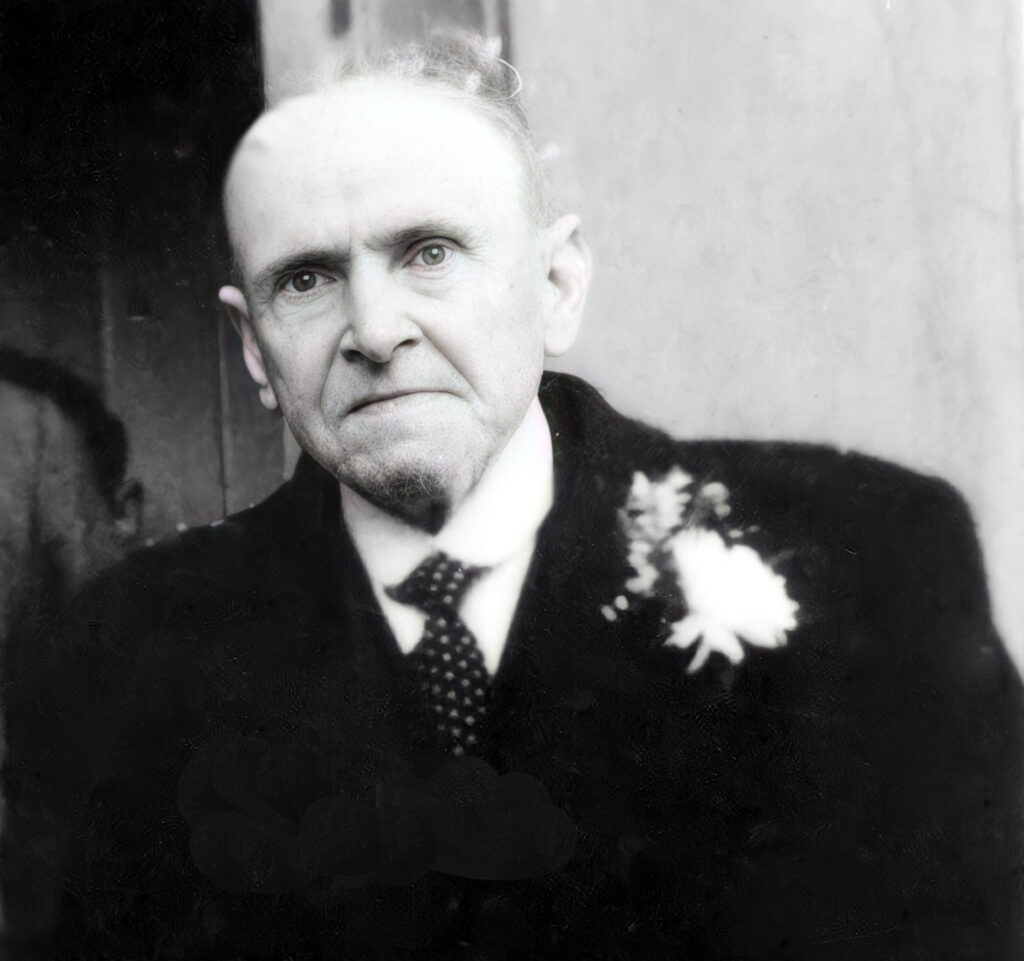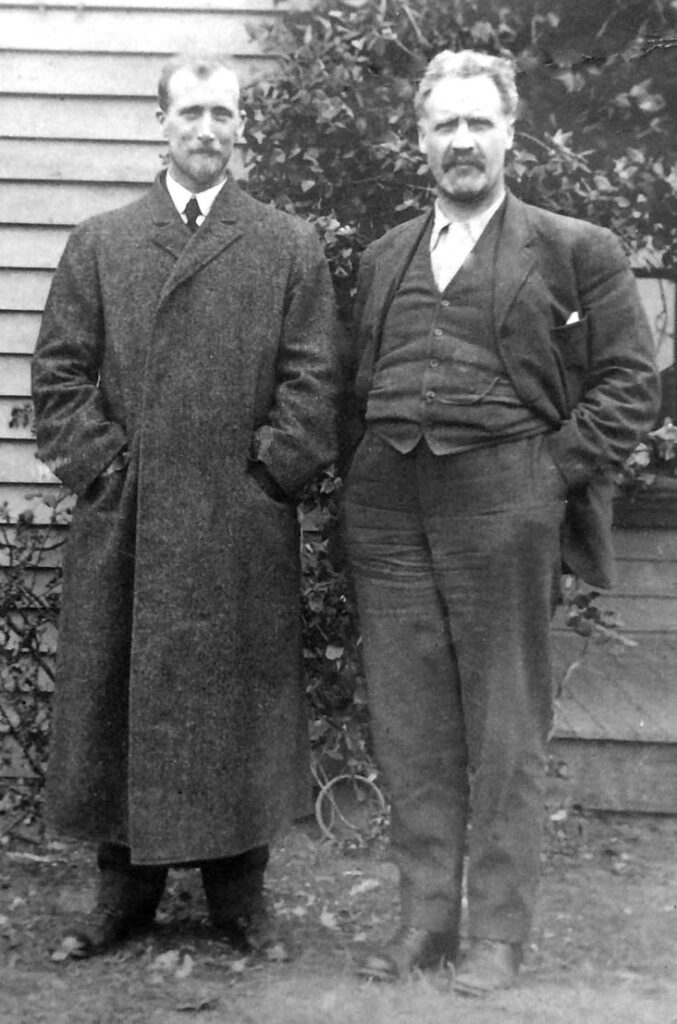Chapter 11
1898 – Unsectarian Early Days
Irvine had quite a number of young people willing and eager to leave all and work toward restoring the methods of primitive Christianity as practiced in the New Testament. The Workers were increasing in numbers and were scattered about. Some “young converts [of Irvine] began to hold missions … Some joined the Faith Mission, others joined Todd’s Mission in the southeast of Ireland, and others went out preaching not connected with any mission” (Long June 1898). At this time, the Workers were not sectarian or exclusive.
William Irvine, Edward Cooney, Willie Gill and Andrew Robb were some of the oldest Workers in the early days. Born in 1863, Irvine, Gill and Robb were all about 34, Cooney was about 30 and John Long was about 25.
Most of the volunteer Workers were quite young, around 20–22 years old. Therefore, there were very few older, experienced Workers. George Walker remarked, “In the early days, most of the young Workers … found they looked older with hair on their faces.” In many photographs, Walker (22 when he entered the Work) sported a beard. Irvine permitted females preachers, and three Irish women entered the Work in 1900.
Willie Clelland (aka Cleland) entered the Work in 1900 and observed, “When the Work first started, we were a band of young men and women, as we were nearly all of that age. I was all of 21. Irvine was around 35. Being young, we were easily influenced by the older members of the band, such as Cooney and Irvine, and of course, got to thinking as they did, and that without much scriptural backing” (Parker 1982, 10, Fn. 20).
Many of the young Workers were born around 1880 when education was compulsory for children five–ten years old; thus, most were probably not educated beyond the fifth grade when they were ten years old. Many, like Irvine, began working full time at age ten.
A reporter noted, “One purpose of the convention was to educate the ‘young workers,’ many of whom may be diamonds, but they are diamonds in the rough state. They are full of zeal, they lead good lives, they exhort others to be reconciled to God … and [are] for the most part, uneducated and of the servant or small farmer or artisan class” (Impartial Reporter, Oct. 13, 1904, TTT).
According to John Long:
As long as the Work kept from exclusiveness and remained unsectarian in manifestation, it was wonderfully used of God in the salvation of sinners and the making of disciples … the Workers occasionally went to the various churches and at times preached in them, whenever the way opened up, that helped to disarm prejudice, and get at the unconverted to win them for Christ, leaving them to the option of their own will as to where they worship and get the most spiritual food (June 1898, TTT).
While God was reviving His work in Scotland and raised up that godly man and his brethren, J. G. Govan, etc.; and God raised up William Irvine and Edward Cooney for Ireland; and there was a great redemption of fallen humanity. In Wales also, God was at work and raised up Evan Roberts. Though the revival manifestations under the labours of each of these evangelists varied as much as the seasons, it only fulfilled the Scripture: ‘Now there are diversities of gifts, but the same Spirit. And there are differences of administrations, but the same Lord. And there are diversities of operations, but the same God which worketh, all in all 1 Cor. 12:4–6 (Jan. 1905, TTT).
IMPORTANT NOTE! Before delving deeper into the history, it is essential to understand that those who were converted by Irvine’s Workers in the very early days did not form a church. They continued to attend the church of their choice. This was the policy of the Faith Mission with which Irvine was still associated. Fellowship Meetings in homes had not yet been set up.


George Walker, Willie Gill, Jack Carroll, Ed Cooney (circa 1921) Visual confirmation of Cooney’s association with the 2×2 Church
